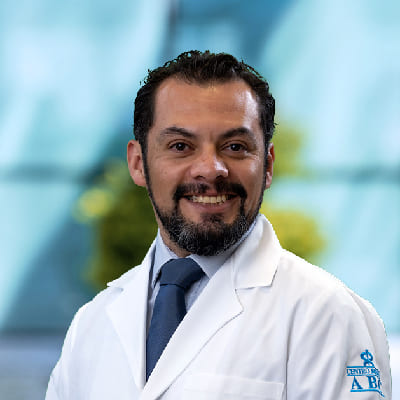What is chronic venous insufficiency?
Chronic venous insufficiency is a very common disease that affects the veins in the legs. Under normal conditions, veins carry blood from the legs to the heart. This is accomplished through the coordination of multiple valves within the veins and muscles of the calves.
If the valves or muscles don’t work properly, blood can back up into the legs (reflux), causing venous hypertension.
Chronic venous insufficiency – Causes
Anything that increases the pressure inside the veins can dilate them:
- Clots.
- Surgery or leg injuries.
- Overweight.
- Pregnancy.
- Standing or sitting for extended periods.
Venous insufficiency symptoms
Symptoms can be mild, such as heaviness, itching, pain, and dilated veins, or severe, such as swelling of the legs, feet and ankles, skin color changes, rashes, recurrent infections, or ulcers.
Chronic symptoms.
- Varicose veins (dilated veins).
- Swelling: mainly after standing for a long time.
- Skin changes: stagnation of blood in the veins and hypertension for months or years turns the skin a reddish-brown color. Mainly on the inside of the ankle. Veins can become irritated and inflamed.
In more severe cases there are:
- Venous ulcers: open wounds that do not heal and/or bleed. They are located on the inside of the ankles. Its treatment is very complicated.
Venous insufficiency treatment
Focuses on reducing symptoms and preventing ulcers:
- Leg raises.
- Foot, ankle, and leg exercises, standing on your toes several times, walking.
- Compression socks or stockings.
- Compression bandages for severe cases.
- Medication. They are very useful for the symptoms but they do not reduce or disappear varicose veins.

Preoperative

Postoperative
Surgery for venous insufficiency
Surgery is reserved for cases in which there is no improvement with conservative treatments.
The types of endovascular surgery are thermal and non-thermal ablation. In nonthermal ablation, a substance or glue is injected to close the vein. In thermal ablation, a special catheter that can be laser or radiofrequency is inserted; these produce heat by closing the vein from the inside.
Traditional surgery consists of removing the entire vein.
At the Cardiovascular Center, we offer you a wide range of diagnoses, timely treatment, and follow-up services to take care of your arteries and veins.
Fuente:
Dr. Claudio Alberto Ramírez Cerda – Vascular and Endovascular Surgery specialist at ABC Medical Center.


